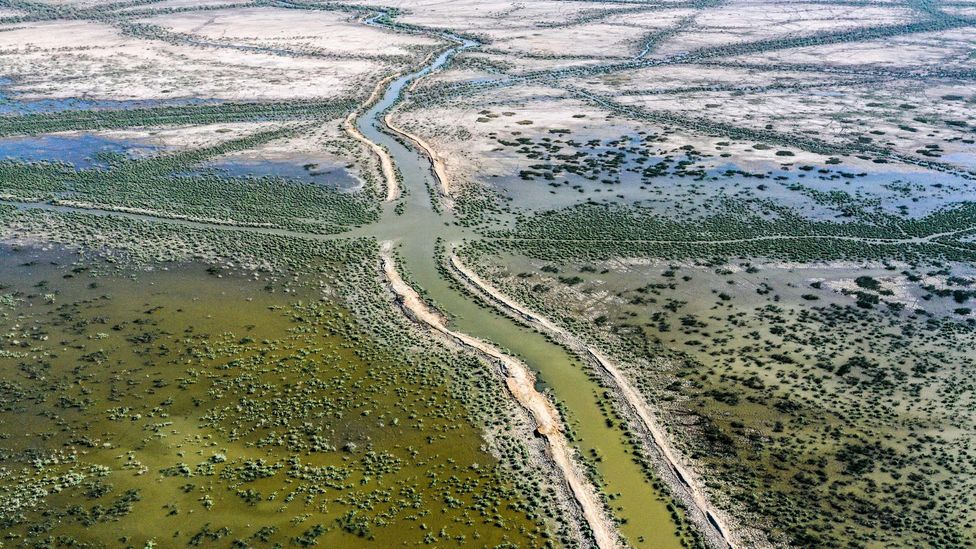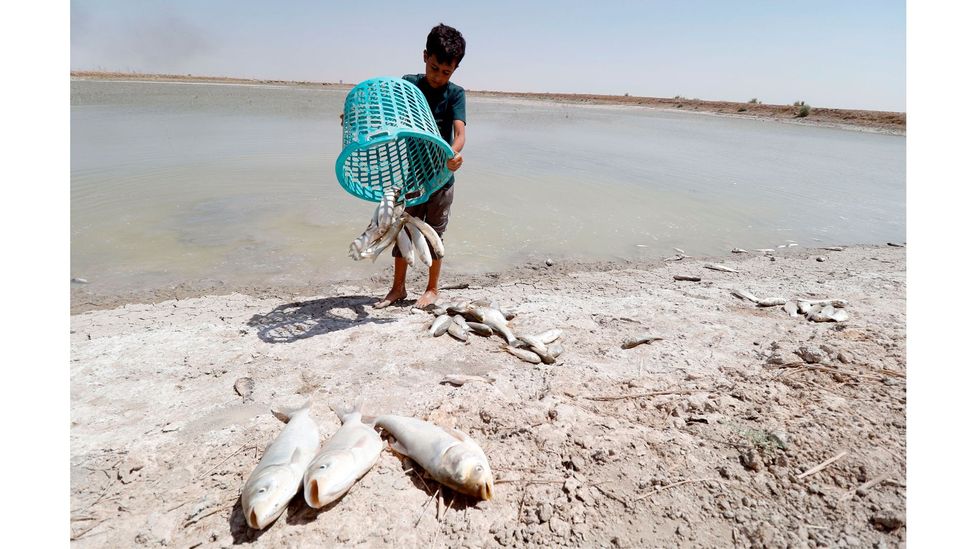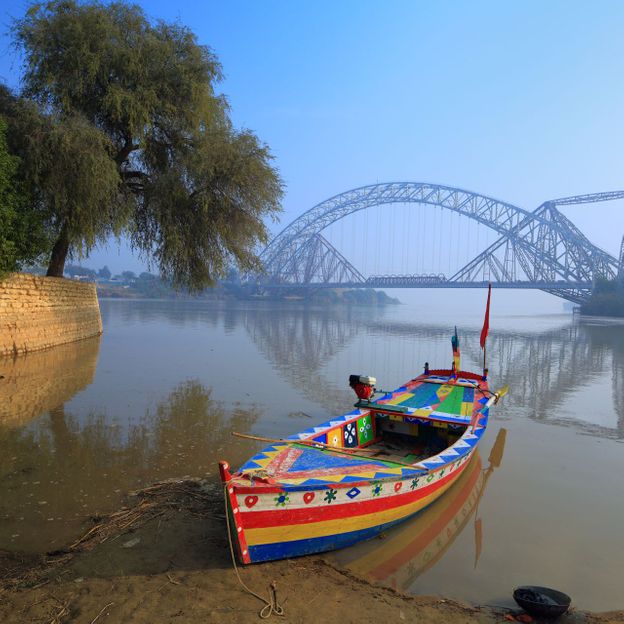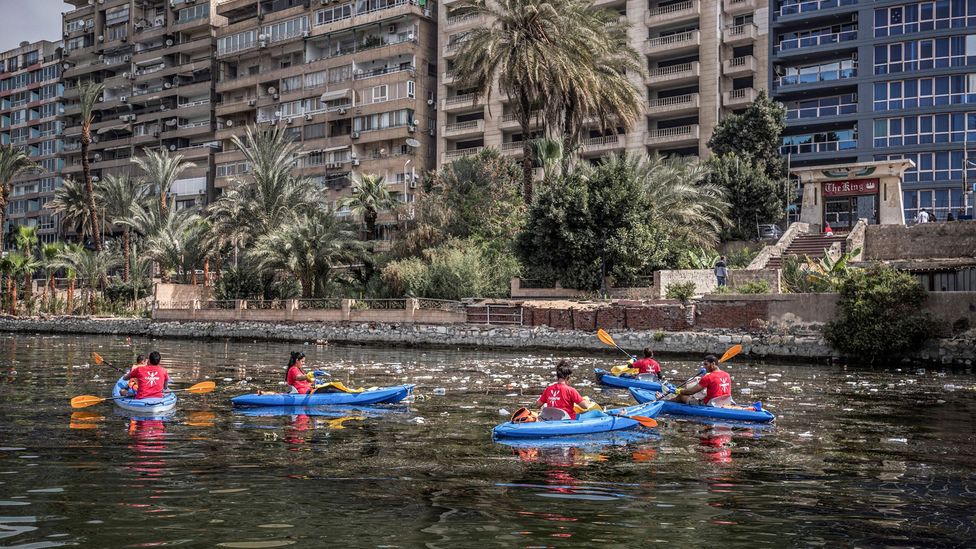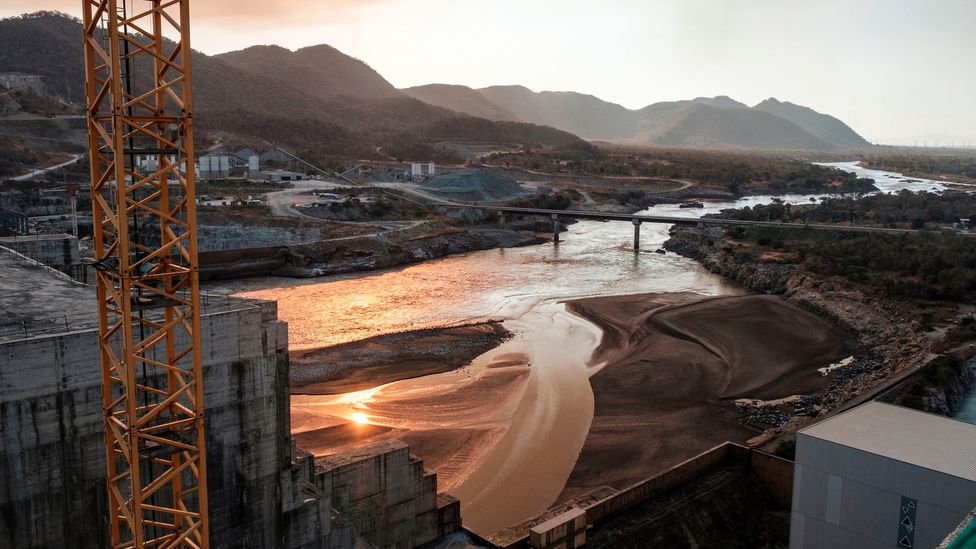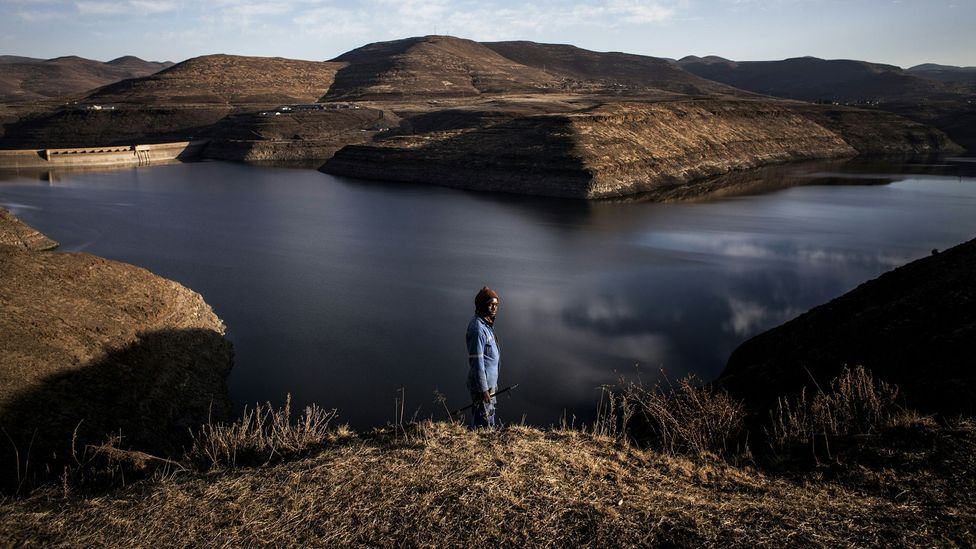Rise of domestic social media in Tibet amid growing Chinese suppression

Despite the attempts by the authoritarian Chinese Communist Party to curb freedom of expression, right to information, association and religion in Tibet, there has been a rise in domestic social media
Taipei [Taiwan]: Despite the attempts by the authoritarian Chinese Communist Party (CCP) to curb freedom of expression, right to information, association and religion in Tibet, there has been a rise in domestic social media giving platform to voices challenging the government-sponsored news.
The CCP censors the internet and maintains intensive surveillance apparatus in the form of facial recognition technology and Global Positioning System (GPS) coordination in its occupied territories including Tibet, East Turkistan (Xinjiang), and Southern Mongolian (Inner Mongolia), reported The Taiwan Times.
With the aim to control the "digital ecosystem", the social media accounts linked to the CCP propaganda campaign is being used to spread disinformation on social media such as Twitter, Facebook, etc.
They have been used to promote content attacking critics of the Chinese government and to spread conspiracy theories blaming the US for waging a biological war against China, The Taiwan Times reported.
Meanwhile, the government has blocked websites run by human rights groups, foreign media, Google search engine and social media sites such as Facebook, Twitter, etc.
China is considered to be having one of the most pervasive online censorship system in the world, the country's infamous "Great Firewall" blocks access and censors numerous websites, The Taiwan Times reported.
Despite these attempts, a series of images and videos of 156 Self Immolators inside Tibet were sent through social media, the Taiwanese media outlet informed. During the coronavirus pandemic information on personal accounts of life under lockdown was shared on social media. Besides, intensive discussions were leaked with images and videos exposing high ranking officials of their mismanagement, lack of transparency and accountability, The Taiwan Times said.
With the aim to muzzle the voices of Tibetans, the CCP this year arrested 10 Tibetans in Lhasa for spreading 'rumors' about the coronavirus outbreak on March 12 on WeChat, The Taiwan Times reported.
"In July two Tibetan lyricists, Khado Tsetan and singer Tsegao, were sentenced to seven years and three years in prison respectively by a Chinese court in North-Eastern Tibet without a trial after they composed, sang and circulated a song praising Tibetan spiritual leader, H.H. the Dalai Lama. They have been charged for alleged involvement in "subversion of state law and leaking information to the outside world, which is considered as a "state security crime," said the Free Tibet website.
Meanwhile, a Tibetan girl was arrested from the same region for having shared the song on social media.
It is a common practise across Tibet and East Turkistan (Xinjiang) that if complaints were made and voices raised, they are liable to face further punishments, The Taiwan Times said while adding that after their release the political prisoners are put under strict surveillance where every move is constantly watched.
Besides putting the families of these political prisoners under surveillance, they are also denied access to subsidies and government jobs.
Citing the example of Tibetan language rights advocate Tashi Wangchuk, The Taiwan Times further said that he was sentenced to five years for "inciting separatism" in a closed-door trial by Yushu Intermediate People's Court for voicing concerns in an interview with The New York Times.
Despite the global outcry, the Chinese court rejected his appeal and also denied him access to his lawyer.
Human Rights Watch's China director, Sophie Richardson was quoted as saying: "Tashi Wangchuk's only 'crime' was to peacefully call for the right of minority peoples to use their own language".
In the seventh Tibet Work Forum held in Beijing from August 28 and 2, President Xi Jinping emphasised on intensifying and Sinicising Tibetans and their culture through the "patriotic reeducation". He also emphasized against "anti-Dalai Lama Campaigns in Tibet" with the expansion of mass education to promote "socialism with Chinese Characteristics", said The Taiwan Times.
To counter or rather silence these criticisms, the state media like Global Times and Xinhua had to resort to regular publishing of opinion articles. Further, the CCP has used both the electronic and print media to be its mouthpiece for propaganda. (ANI)






